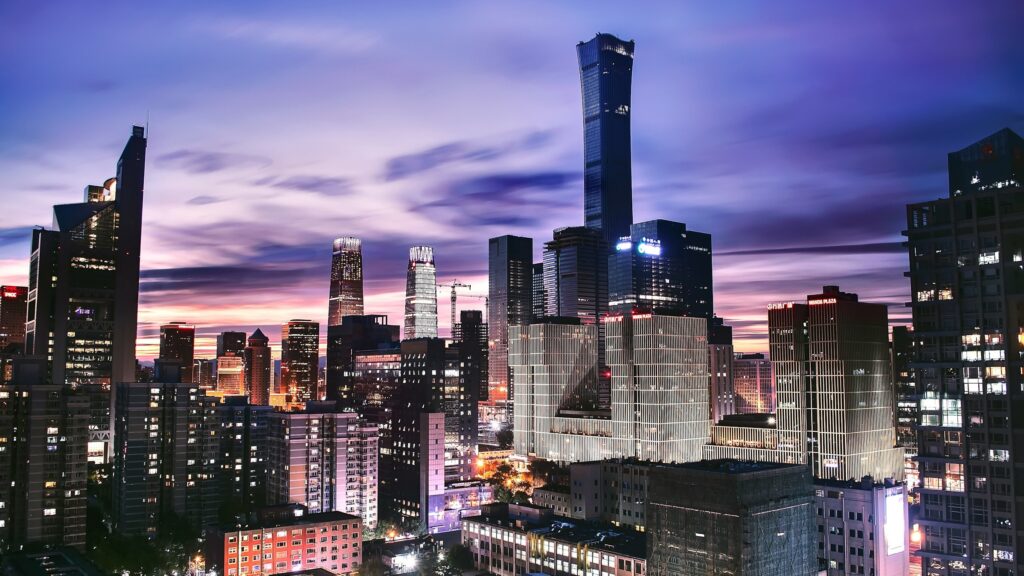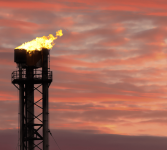Report: Asia-Pacific Holds Potential to Become Global Clean Energy Leader
2 min read
Rapidly increasing energy demand and its growing EV and renewables market will help the Asia-Pacific region maintain about 50% of new low-emissions technology opportunities by 2050 and potentially lead the globe in clean energy development, according to a report from Wood-Mackenzie.
The recent Wood Mackenzie Energy Transition Outlook analyzes three potential pathways for the future of energy and natural resources in the nine major Asia-Pacific markets. Included are a base scenario determined by current trends, one based on countries’ emissions pledges, and a net-zero scenario where Paris Agreement goals are achieved.
The region is expected to comprise a 50% share of global energy demand and cause 60% of global emissions in the years up to 2050 in the base scenario, provided policies and investment remain the same.
EV Adoption, Renewables Generation Projected to Grow
The report estimates the region will increase electric vehicle adoption and low-carbon energy generation in both the base and net-zero scenarios. Low-carbon energy supply currently accounts for 35% of Asia-Pacific’s power and is expected to rise to 75% by 2050 in the base scenario — China is on track to exceed its target for solar and wind capacity of 2,000 gigawatts by 2030, and Australia is projected to lead the region in renewable energy generation overall.
Meanwhile, the report indicates that the region’s EV industry will grow significantly from the current 24 million vehicles manufactured to 635 million vehicles by 2050. EV stock is also expected to experience 30% growth in the emissions pledges scenario and 60% in the net-zero scenario.
Hydrogen, Carbon Capture Reportedly Require Increased Policy Support
The base case scenario expects direct air carbon capture to increase from capturing 3 million metric tons in 2023 to 755 million metric tons by 2050. In the net-zero scenario, the region is projected to reach more than 3.3 billion metric tons by 2050. The report explains that the carbon capture industry will require a significant build out of transport, shipping, and storage to increase carbon removal capacity to such levels. Also recommended are carbon pricing, tax incentives, and regulatory regimes to support the carbon capture industry.
Low-carbon hydrogen is expected to offer the region an opportunity to transition away from fossil fuels in the chemicals, steel, cement, and other heavy industrial sectors. The fuel is projected to meet 3.5% of energy demand by 2050 in the base scenario and 12% in the net-zero scenario.
Similar to the carbon capture industry, however, Wood Mackenzie explains that the industry will require strong policy support for continued development.
Asia-Pacific’s demand for gas will grow within the next 15 years in all scenarios despite declines of domestic oil and gas supply in the region. Wood Mackenzie identifies a common theme of expanding domestic supply chains to improve energy supply security throughout the region. Since the regulatory landscape for Asia-Pacific is less favorable than in Europe or North America, Wood Mackenzie said the region’s major obstacles in the clean energy transition will be its prioritization of economic growth over decarbonization and limited public funds.





